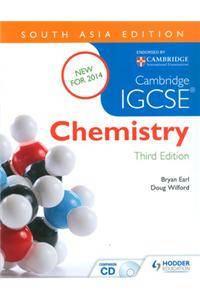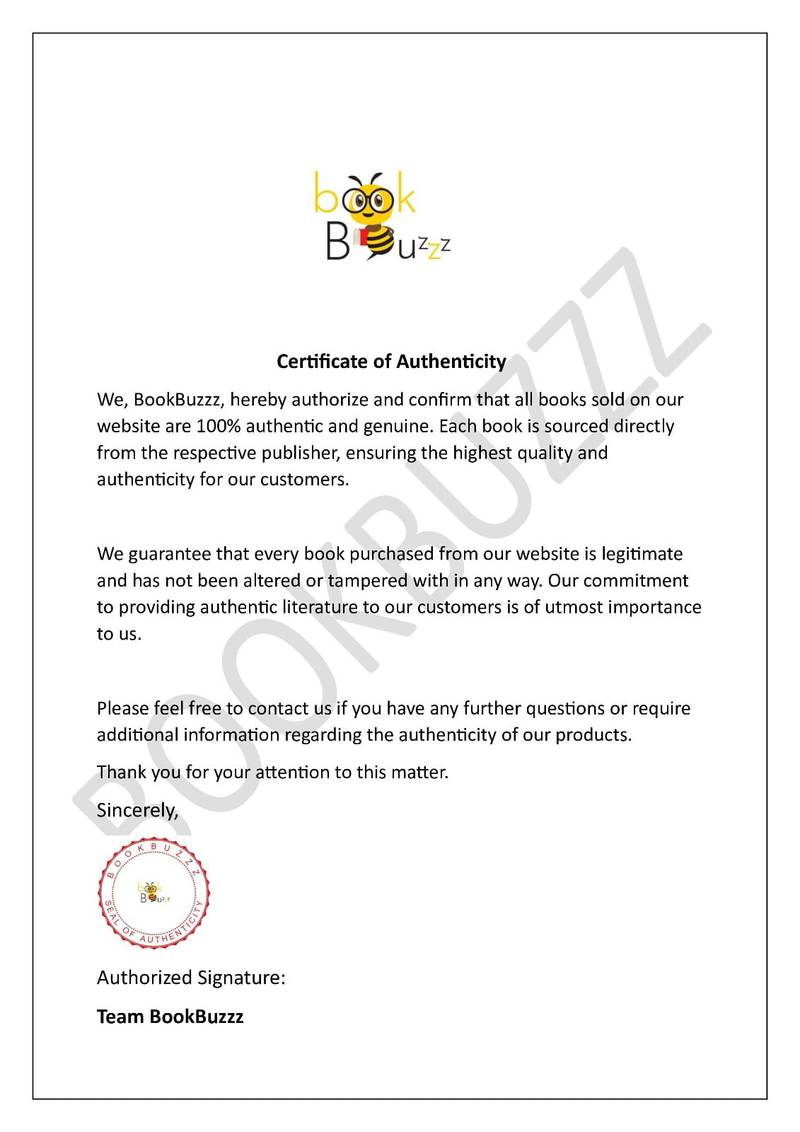Sale!
Cambridge IGCSE Chemistry 3rd Edition plus CD South Asia Edition (Paperback) | Released: 25-Jul-14
By: Bryan Earl (Author) Publisher: Hodder Education25.00% Off Original price was: ₹ 1,595.00.₹ 1,196.00Current price is: ₹ 1,196.00.
You save ₹ 399.00
This new edition has been written by experienced authors and teachers to support the latest syllabus for Cambridge International Examinations IGCSE Chemistry (0620). This textbook covers all the Core and Supplement material and can be used by students following both the Core and Extended syllabuses.• Endorsed by Cambridge International Examinations... Read More
In stock
Ships within 1-2 Business Days
100% Orginal Books
Easy Replacement
Certified product
Secure Checkout
On time delivery
Author:
Bryan Earl
Publisher Name:
Hodder Education
Language:
English
Binding:
(Paperback)
About The Book
This new edition has been written by experienced authors and teachers to support the latest syllabus for Cambridge International Examinations IGCSE Chemistry (0620). This textbook covers all the Core and Supplement material and can be used by students following both the Core and Extended syllabuses.• Endorsed by Cambridge International Examinations for the latest Cambridge IGCSE Chemistry (0620) syllabus for examination from 2016• Free student’s CD with interactive tests• Past paper questions included• Workbook, Laboratory Practical Book, Revision Guide and Teacher’s CD also availableTable of Contents: Chapter 1: The particulate nature of matter • Solids, liquids and gases • The kinetic theory of matter • Changes of state • Diffusion - evidence for moving particles • Checklist • Additional questions Chapter 2: Elements, compounds and experimental techniques • Elements • Compounds • Mixtures • Separating mixtures • Accuracy in experimental work in the laboratory • Gels, sols, foams and emulsions • Mixtures for strength • Checklist • Additional questions Chapter 3: Atomic structure and bonding • Inside atoms • The arrangement of electrons in atoms • Ionic bonding • Covalent bonding • Glasses and ceramics • Metallic bonding • Checklist • Additional questions Chapter 4: Stoichiometry - chemical calculations • Relative atomic mass • Reacting masses • Calculating moles • Calculating formulae • Moles and chemical equations • Checklist • Additional questions Chapter 5: Electricity and chemistry • Electrolysis of lead (II) bromide • Electrolysis of aluminium oxide • Electrolysis of aqueous solutions • Electrolysis of concentrated hydrochloric acid • Electrolysis of copper (II) sulfate solution • Electrolysis guidelines • Electroplating • Checklist • Additional questions Chapter 6: Chemical energetics • Substances from oil • Fossil fuels • What is a fuel? • Alternative sources of energy • Chemical energy • Changes of state • Cells and batteries • Checklist • Additional questions Chapter 7: Chemical reactions • Factors that affect the rate of a reaction • Enzymes • Checklist • Additional questions Chapter 8: Acids, bases and salts • Acids and alkalis • Formation of salts • Crystal hydrates • Solubility of salts in water • Titration • Checklist • Additional questions Chapter 9: The Periodic Table • Development of the Periodic Table • Electronic structure and the Periodic Table • Group I - the alkali metals • Group II - the alkaline earth metals • Group VII - the halogens • Group 0 - the noble gases • Transition elements • The position of hydrogen • Checklist • Additional questions Chapter 10: Metals • Metal reactions • Decomposition of metal nitrates, carbonates, oxides and hydroxides • Reactivity of metals and their uses • Identifying metal ions • Discovery of metals and their extraction • Metal waste • Rusting of iron • Alloys • Checklist • Additional questions Chapter 11: Air and water • The air • How do we get the useful gases we need from the air? • Ammonia - an important nitrogen-containing chemical • Artificial fertilisers • Atmospheric pollution • Water • The water cycle • Hardness in water • Water pollution and treatment • Checklist • Additional questions Chapter 12: Sulfur • Sulfur - the element • Sulfur dioxide • Sulfuric acid • Checklist • Additional questions Chapter 13: Inorganic carbon chemistry • Limestone • Carbonates • Carbon dioxide • Checklist • Additional questions Chapter 14: Organic chemistry 1 • Alkanes • The chemical behaviour of alkanes • Alkenes • The chemical behaviour of alkenes • A special addition reaction of alkene molecules • Checklist • Additional questions • Chapter 15: Organic chemistry 2 • Alcohols (R-OH) • Biotechnology • Carboxylic acids • Soaps and detergents • Condensation polymers • Some biopolymers • Pharmaceuticals • Checklist • Additional questions • Chapter 16 Experimental chemistry • Objectives for experimental skills and investigations • Suggestions for practical work and assessment • Notes on qualitative analysis • Revision and exam-style questions • Alternative to practical paper • Theory • The Periodic Table of the elements • Index •

